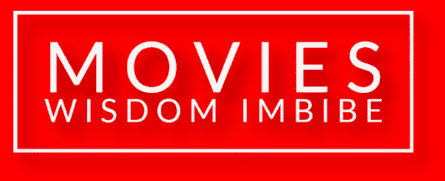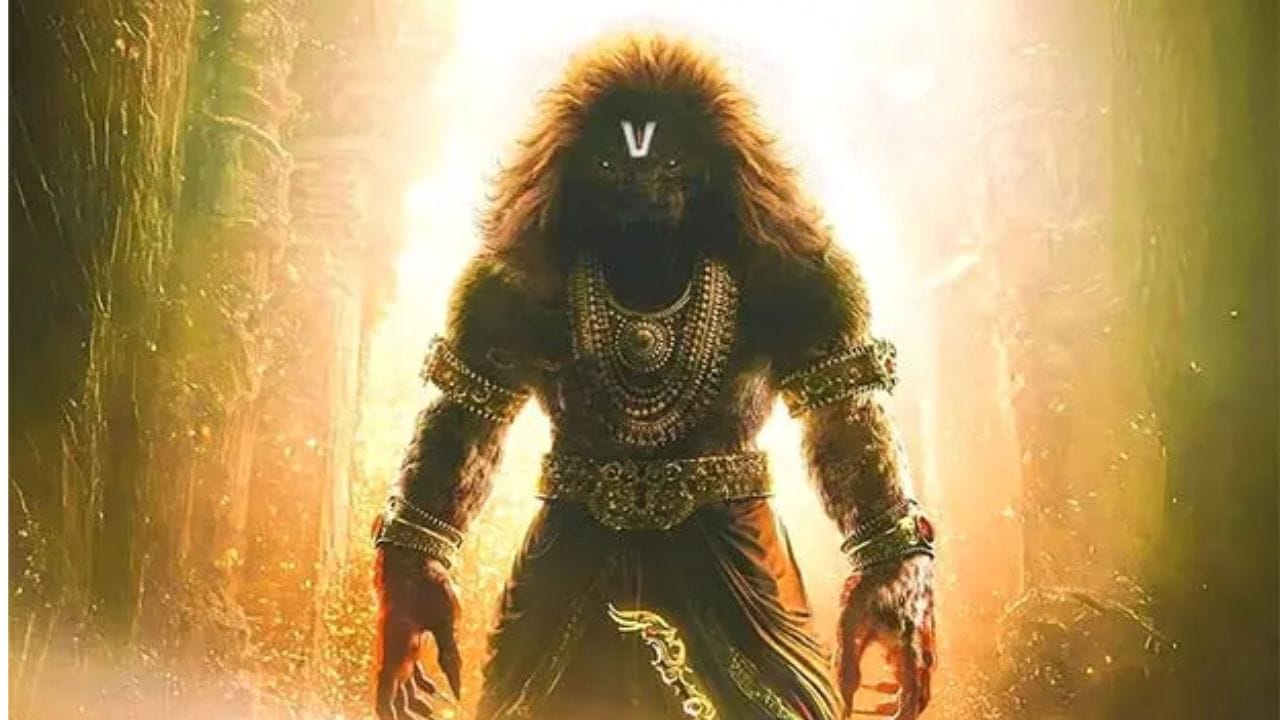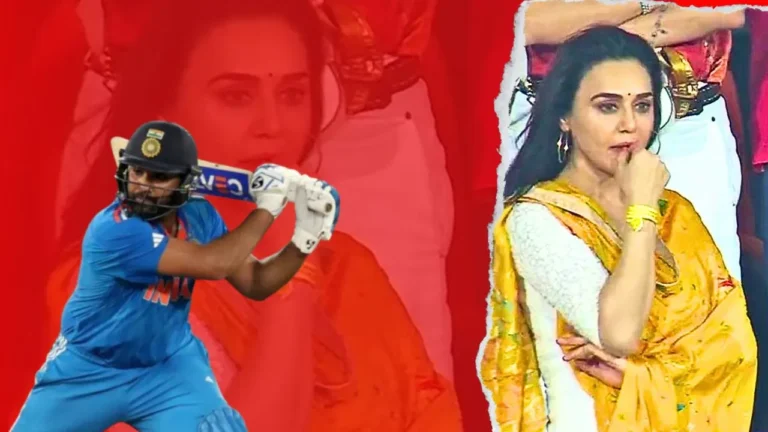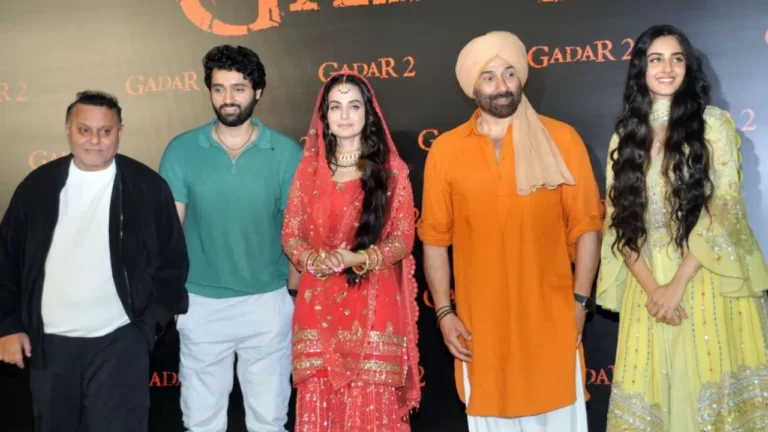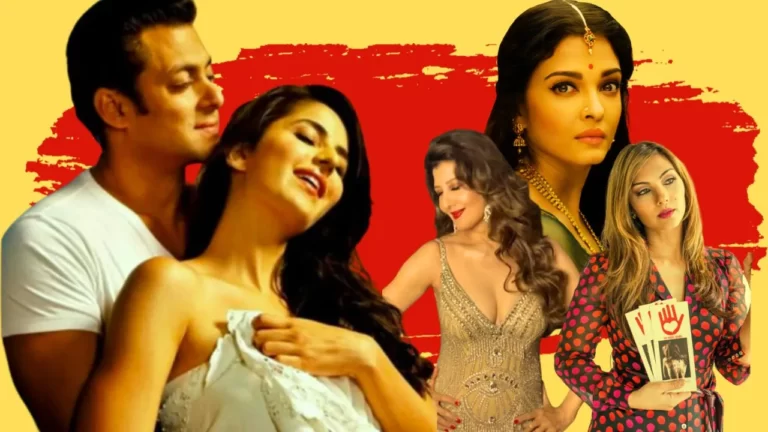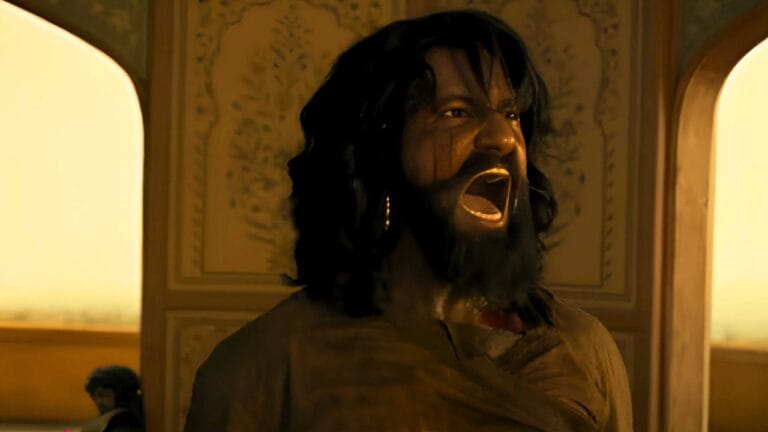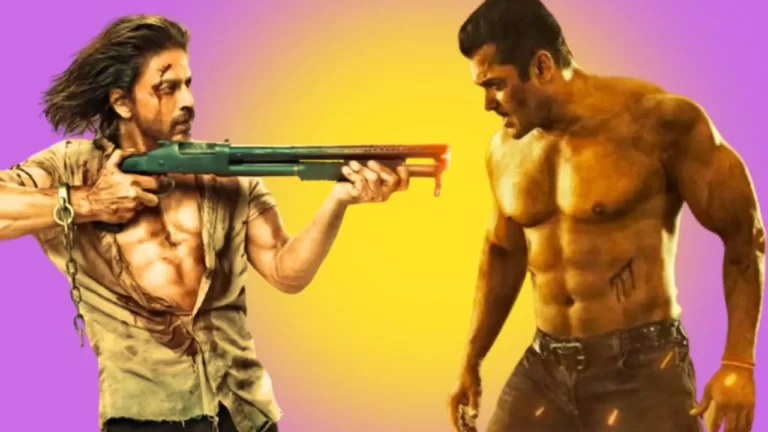Mahavatar Narsimha: A Bold Step in Animated Mythology with Ambitious Future Plans
Mahavatar Narsimha, released on July 25, 2025, marks a significant milestone in Indian cinema as the country’s first large-scale 3D animated devotional action film. Directed by Ashwin Kumar and produced by Hombale Films in collaboration with Kleem Productions, this film introduces a mythological cinematic universe centered on the divine avatars of Lord Vishnu. Rooted in the Vishnu and Bhagavata Puranas, the film retells the timeless story of Narasimha, Vishnu’s fierce half-man, half-lion avatar, and his confrontation with the demon king Hiranyakashipu. This article explores the film’s narrative, its critical and audience reception, and the expansive vision for the Mahavatar Cinematic Universe.
The Story of Mahavatar Narsimha
The narrative begins with Diti, one of sage Kashyapa’s wives, whose ill-timed desire leads to the birth of two demonic sons, Hiranyaksha and Hiranyakashipu. Trained by Shukracharya, these brothers grow into formidable adversaries of Lord Vishnu. The story focuses on Hiranyakashipu, who, after gaining a boon that makes him nearly invincible, declares himself a god and demands universal worship. His son, Prahlad, remains steadfast in his devotion to Vishnu, setting the stage for a dramatic conflict. Vishnu manifests as Narasimha to defeat the tyrant, delivering a tale of faith, compassion, and divine justice.
The film balances spiritual depth with high-octane action, using advanced 3D animation to bring mythological elements to life. It emphasizes themes of devotion, humility, and the triumph of good over evil, making it particularly resonant for audiences familiar with Indian mythology.
Critical Reception
Mahavatar Narsimha has garnered a mix of praise and constructive criticism. Critics have lauded its ambition and visual grandeur, with The Hindu noting its strong box office opening of ₹2.29 crore and its blend of traditional storytelling with modern animation. The film’s screenplay has been praised for balancing emotional depth with religious reverence, as highlighted by BollywoodShaadis, which called it a “brilliant screenplay” that resonates with spiritual audiences.
The animation quality, particularly the climactic sequences, has been a standout, with Reddit users describing the visuals as “fantastic” and “groundbreaking” for Indian cinema. India Today emphasized the film’s emotional uplift, calling it a “powerful statement about faith, compassion, hatred, and devotion.” Moneycontrol gave it a 4/5 rating, appreciating its sincerity and its role as a tribute to faith and a warning against ego.
However, some reviews pointed out flaws. The Times of India noted that certain character designs, such as Diti and Bhoodevi, resembled Western caricatures, which diluted their mythological authenticity. The songs were also criticized for lacking lasting impact, and some visual frames needed more refinement. The Indian Express described the film as “epic in scale but uneven in execution,” suggesting that while it goes big, it doesn’t always match global animation standards. For audiences accustomed to iconic performances like those in the 1983 Bhakta Prahlada, the animated format might feel less emotionally gripping.
Audience reactions on social media, particularly on X, have been overwhelmingly positive. Viewers have praised the film’s stunning visuals and its portrayal of “true Sanatan Dharm,” with some calling it an emotional experience that resonates deeply with spiritual values. Amar Ujala reported that audiences were moved by the depiction of Narasimha, describing it as an “anti-virus” to negative forces, referencing the song Saiyara.
Target Audience and Impact
The film appeals to a broad demographic, particularly younger audiences and families. Its modern animation style makes it an accessible introduction to mythology for children, as noted by Moneycontrol, which called it a “moving mythological story which cannot be missed by kids.” For Gen Z viewers, the film’s contemporary visual approach, as highlighted by Navbharat Times, bridges traditional narratives with modern sensibilities. Its release in multiple languages—Kannada, Hindi, Telugu, Tamil, and Malayalam—has broadened its reach across India.
Future Plans for the Mahavatar Cinematic Universe
Hombale Films has ambitious plans for a ten-part Mahavatar Cinematic Universe, with Mahavatar Narsimha serving as the foundation. The franchise aims to explore the ten avatars (Dashavatara) of Lord Vishnu, weaving a cohesive narrative that blends mythology with cutting-edge animation. According to 123telugu.com, the goal is to redefine how Indian mythology is presented on screen, creating a cinematic universe that rivals global franchises in scope and spectacle.
Future installments are expected to delve into other avatars, such as Rama, Krishna, and Varaha, each with standalone stories that contribute to an overarching narrative. Moneycontrol noted that the success of Mahavatar Narsimha sets a “solid thematic and emotional basis” for the series, though future entries will need to address technical shortcomings, such as inconsistent animation quality, to meet global standards.
Hombale Films has not officially announced release dates or specific titles for the next films, but the strong box office performance and positive audience feedback suggest a commitment to expanding the universe. The focus will likely remain on combining spiritual storytelling with advanced technology, aiming to captivate both domestic and international audiences.
Conclusion
Mahavatar Narsimha is a groundbreaking achievement for Indian animated cinema, blending reverence for mythology with modern visual storytelling. While it excels in ambition, emotional depth, and cultural resonance, it faces challenges in matching global animation benchmarks. Its critical and audience reception highlights its potential as a trailblazer, particularly for younger viewers and those seeking spiritual narratives. As the first chapter of Hombale Films’ Mahavatar Cinematic Universe, it lays a promising foundation for a franchise that could elevate Indian mythology on a global stage. With plans for nine more films, the future of this cinematic universe holds immense potential, provided it refines its technical execution and maintains its heartfelt storytelling.
